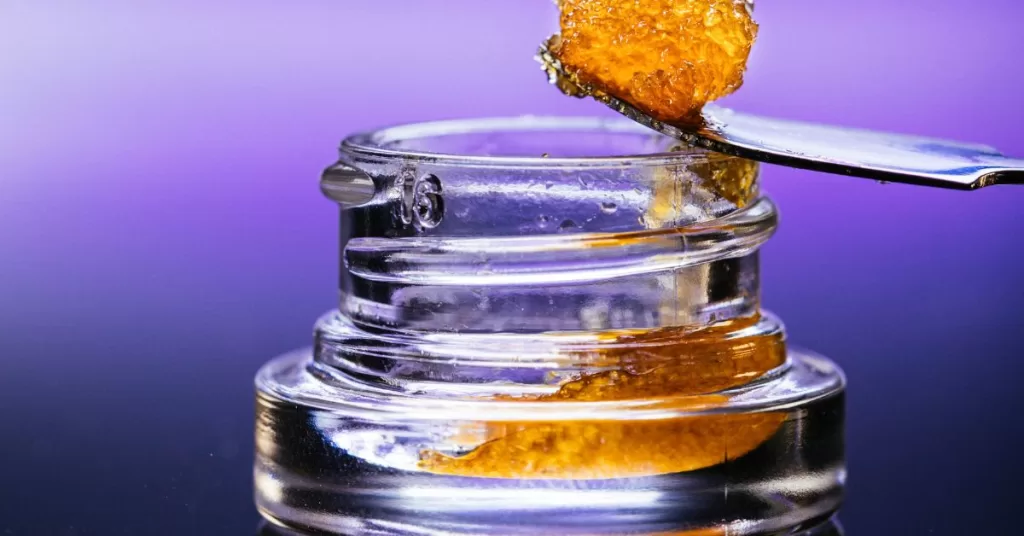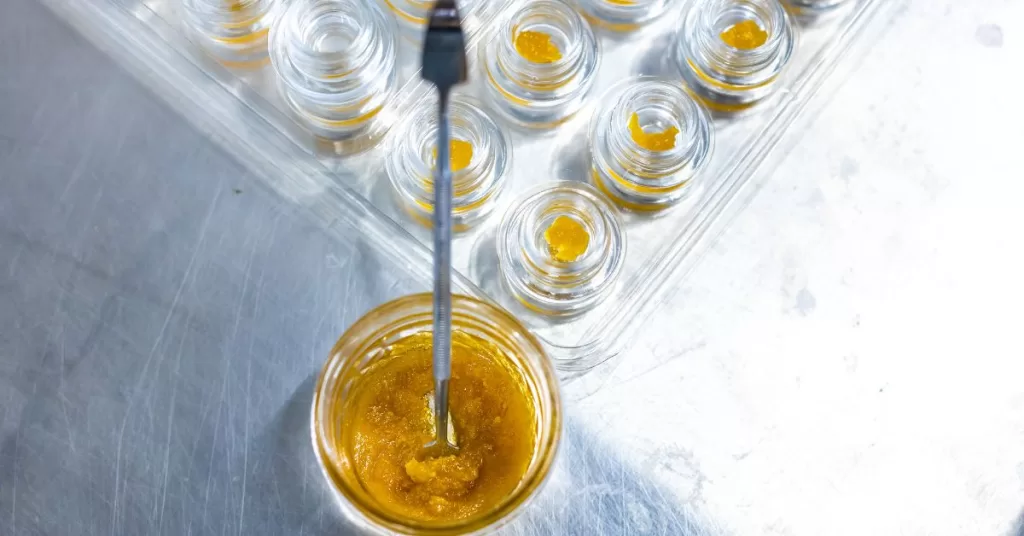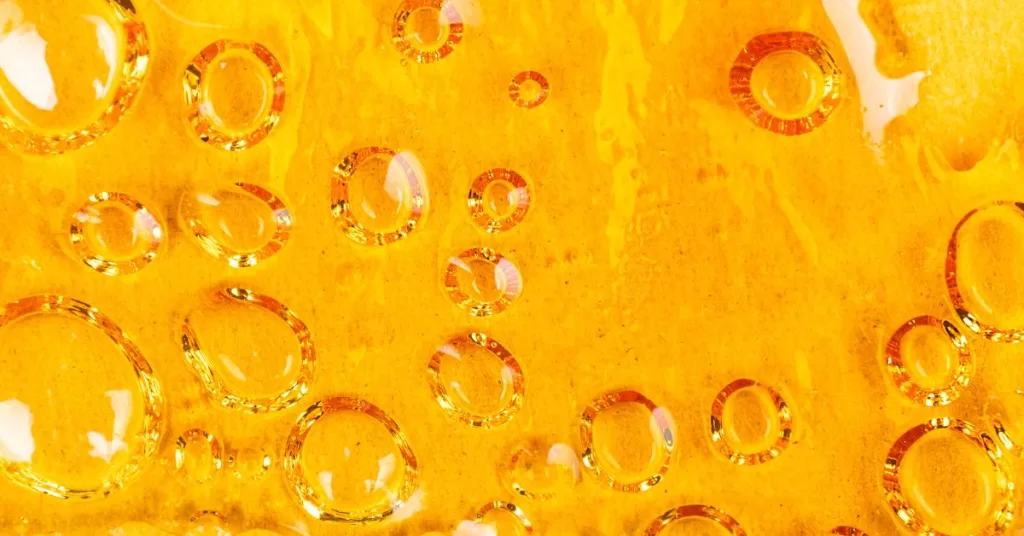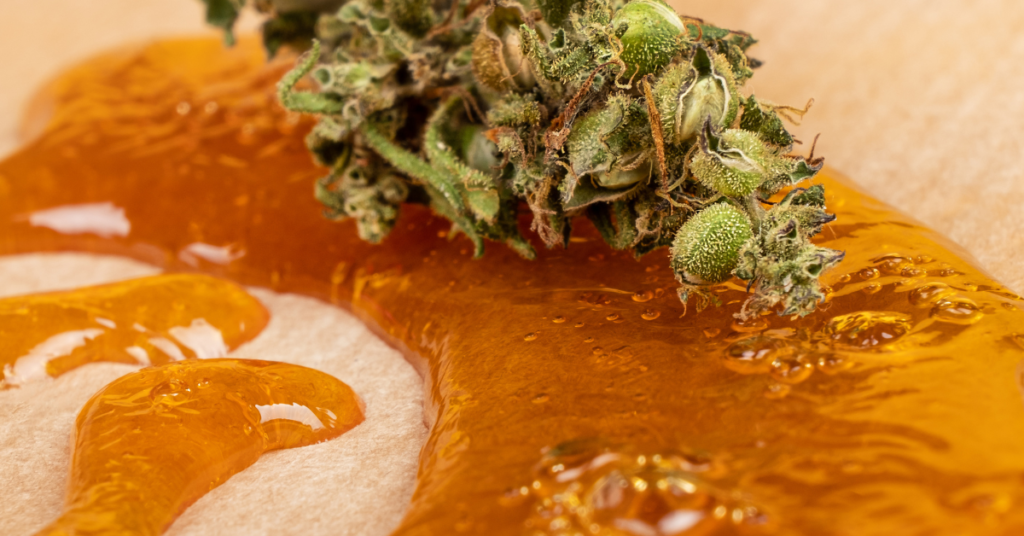Cannabis is one of the most popular plants in the world, and its resin has become increasingly valued in recent years due to its potential medicinal and therapeutic benefits.
Resin production and potency in weed is an essential factor that can affect the quality of the final product.
Therefore, it’s essential to understand how to boost resin production and potency in weed to ensure the best possible outcome.
We’ll look at the different factors that affect resin production and potency in weed and the best practices for optimizing resin production and potency.
Table of Contents
What is Resin Production and Potency in Weed?

Resin is the sticky, aromatic substance produced by the glandular trichomes of the cannabis plant. It contains the highest concentration of cannabinoids and terpenes – the compounds responsible for the plant’s therapeutic and medicinal effects.
The resin can be extracted and used to make oils, concentrates, and edibles. The potency of cannabis resin depends on several factors, including the type of strain, the environment, and the techniques used to cultivate and harvest the plant.
Benefits of Increasing Resin Production and Potency in Weed

It ensures a higher quality of the final product. In addition, higher potency means a more powerful effect, which is especially important for medical and therapeutic applications.
Increasing resin production and potency can also improve crop yield, as more resin translates to a higher yield of cannabis oil, concentrates, and edibles.
Understanding the Factors that Affect Resin Production and Potency
The environment in which the plant is grown. The temperature, humidity, and light must all be properly balanced to ensure optimal resin production and potency.
The strain of cannabis also plays a role, as some strains are more suited for resin production than others.
Techniques used to cultivate and harvest the plant can also affect resin production and potency in weed.
The Best Practices for Boosting Resin Production and Potency in Weed

Create an optimal environment for the plant to ensure the best possible results. This includes providing the right temperature, humidity, and light levels.
Use the proper nutrients and fertilizers to ensure optimal resin production and potency. Pruning techniques can also help to increase resin production and potency.
Carefully consider harvesting techniques to ensure the highest possible THC levels.
Tips for Optimizing the Environment for Boosting Resin Production and Potency
The environment is one of the most important factors for boosting resin production and potency in weed.
The temperature should be between 70-85°F (21-29°C) during the day and 65-75°F (18-24°C) at night.
The humidity should be kept between 50-60%. Finally, it’s essential to provide the proper light levels.
For indoor cultivation, LED lights are recommended. However, for outdoor cultivation, natural sunlight is best.
Nutrients and Fertilizers for Enhancing Resin Production and Potency
The nutrients and fertilizers used in cannabis cultivation can also affect resin production and potency. It’s essential to use the proper nutrients to ensure optimal results.
Generally, nitrogen-rich fertilizers are best for boosting resin production and potency. Additionally, it’s essential to use the right amount of fertilizer.
Too much fertilizer can damage the plant and reduce resin production and potency.
Pruning Techniques for Increasing Resin Production and Potency in Weed
Pruning is essential to cannabis cultivation and can also help increase resin production and potency.
Pruning can help stimulate the plant’s growth and promote more resin production. To prune the plant, the leaves and branches should be trimmed back to stimulate new growth and increase air circulation.
Pruning should be done carefully and sparingly to ensure the best results.
The Importance of Light Cycles for Boosting Resin Production and Potency IN Weed

Light is an essential factor for boosting resin production and potency in weed.
For indoor cultivation, LED lights are the best option. These lights should be kept on for 18-24 hours per day, depending on the strain of cannabis.
For outdoor cultivation, the best option is natural sunlight. Depending on the strain, the light should be kept on for 12-14 hours daily.
Harvesting Techniques for Maximizing THC Levels
Generally, the earlier the harvest, the lower the THC levels. However, if the harvest is too late, the THC levels will also be lower.
It’s essential to monitor the plant to ensure optimal harvest time. The drying and curing should also be carried out carefully to ensure the highest possible THC levels.
Final Remarks on Boost Resin Production and Potency in Weed
Understanding how to boost resin production and potency in weed is essential to ensure the best possible outcome.
The environment, nutrients and fertilizers, pruning techniques, light cycles, and harvesting techniques all play a role in resin production and potency.
By following the tips and best practices outlined in this blog, you can ensure the highest possible quality of cannabis resin.
